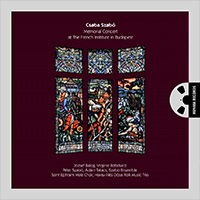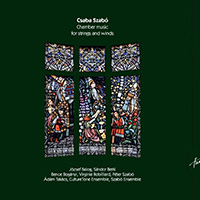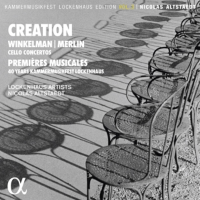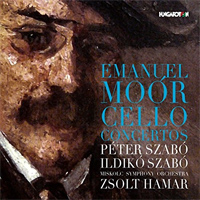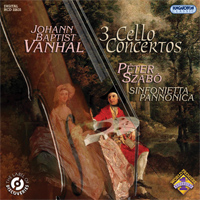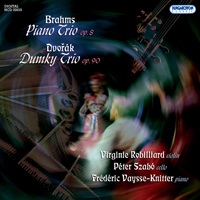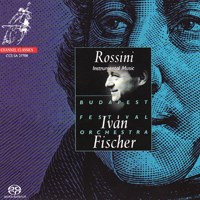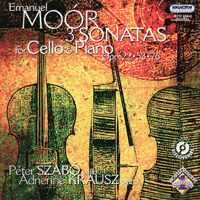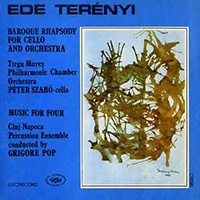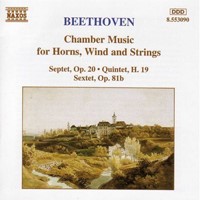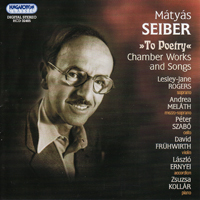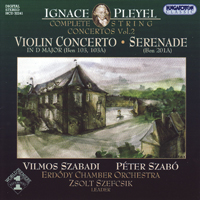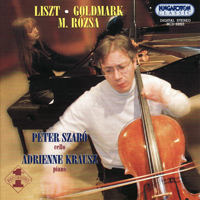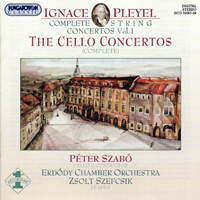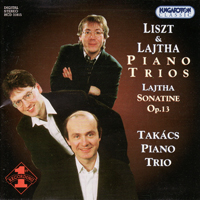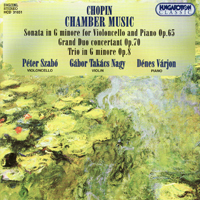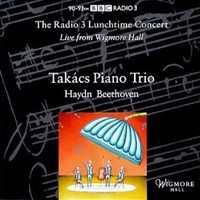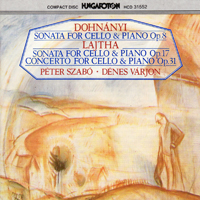Antecedents and descendants of Csaba Szabó
An exquisite selection of pieces, which highlighted some of the otherwise hidden connections of the 20th century Hungarian music and high standard performances -- this is how I can sum up the most important impressions I have had concerning the chamber music concert which centred round the pieces of Csaba Szabó.
Csaba Szabó (1936-2003) was a significant character of the Romanian-Hungarian composition movement which started blossoming in the second part of the 20th century. He studied under Franz Schmidt’s student József Trózner and he obtained his composition diploma in 1959 at the Cluj Music Academy , where he was in the class of Kodály’s student Gábor Jodál. During the following three decades he worked in Marosvásárhely, where he was the conductor and composer of the National Székler Folk Ensemble and the teacher at the István Szentgyörgyi Theatre Institute. He moved to Hungary in 1987 and taught at the Dániel Berzsenyi College in Szombathely from 1988 to 2003 . The Csaba Szabó International Society was formed after the death of the composer and as compared to the treatment of other Romanian Hungarian composers, it nurtures his memory with such unique effectiveness that it would bring credit even to a living composer. In addition to the CD of his music released in 2005 a great number of score editions have also been published over the last years. Moreover, the Society ensures chamber music concerts of Csaba Szabó's compositions which are given twice a year in various reputable venues in Budapest.
Only the third of the musical programme of the May 28 chamber music concert given in the Béla Bartók Emlékház comprised Csaba Szabó's compositions. The majority of the pieces were from the recent past of Hungarian music which suggested that the organizers considered his works to be fitting into this category. However, the pieces which opened both the first and the second halves of the concert were clearly the musical mottos of the event: the third movement of Zoltán Kodály's Cello Sonata in the impressively assertive and energetic performance of Ildikó Szabó and the Evening in Transylvania (my appreciation of Zsuzsa Kollár's performance comes later) evoked the beginning of the 20 th century Hungarian composition and the spirit of the two composers without whose multipleinfluence the activity of the following generations of composers would be unimaginable. Its validity in the case of Csaba Szabó is supported convincingly by some of his comments in which he names Kodály and Bartók as the chief origins of his musical mother-tongue.
Apart from the aforementioned Bartók miniature three demanding piano sonata compositions were also performed by Zsuzsa Kollár. Or, to be more exact, it was four because responding to Miklós Sugár's request she first performed the piece that inspired his Cloud-variations (1985): the Grey Clouds by Ferenc Liszt. After the enthusiastic performance of the Liszt composition Zsuzsa Kollár presented convincingly the virtues of Miklós Sugár's Liszt paraphrases --the vigorous, lively spirit of repetitive structures and the mystical lyricism of the contrast cadenzas.
My respect for t he performer increased even further when listening to András Szőllősy's Paesaggio con morti per pianoforte/Landscape with corpses (1987). The very dire nature of the subject impelled the composer to create a technically enormously demanding, almost unplayable piano line. Zsuzsa Kollár played with a superior self-confidence and immeasurable elegance and the finale of the composition, the Andante religioso chorale was indeed a cathartic moment of his performance. Lastly, her interpretation of the Csaba Szabó piano work (Parlando, giusto e corale 1973) demonstrated her knowledge of contemporary styles. The aleatoric parts --which are entrusted completely to the performer --merit particular attention, yet the chief value of Kollár's performance was that she approached all the compositions on the programme with the same amount of fastidiousness and humbleness.
There were also two pieces for cello solo in the concert, both of them in Péter Szabó's intensely passionate and extremely concentrated performance. László Tihanyi's Clausula, dated to 2009, was composed at the request of Péter Szabó and performed as a world premier at this concert. The composer claims his piece motif-based and -structured in the brochure. I, myself, found that the most memorable feature of the piece was its obsessive repetition of motives which Péter Szabó underlined with due stress. In the miniature of Máté Hollós, the Festive Album Sheet (1992) Péter Szabó displayed the fine-textured melodic diction as a tuneful vocal melody.
Finally, some reflections on the Csaba Szabó pieces which concluded both the first and second parts of the concert.The Hungarian folk base and occasional impressionist tone of his juvenile Sonatina for French horn show the effect of Kodály. Its two movements in the interpretation of Dávid Bereczky (horn) and Ágota Lénárt (piano) was an exciting patch of colour of the concert. The last piece of the concert was the transcript for violin and piano of the 1961 concert rondo for violin and orchestra, the Opus Parvuum Musicale /A little piece of music by Csaba Szabó. Jenő Koppándi (violin) and Zsuzsa Kollár (piano) performed the work as it is: a brilliant piece, which, with its folk approach, certain instrumental features, asymmetric rhythms, strength of flow and elemental effects evokes the archetypal Bartók.
18:00 28. May 2009
Bartók Memorial House
Ildikó Szabó, Péter Szabó (cello), Zsuzsa Kollár, Ágota Lénárt (piano),
Dávid Bereczky (French horn), Jenő Koppándi (violin)
Kodály: Solo Cello Sonata
Miklós Sugár: Cloud-variations
Máté Hollós: Festive Album Sheet
András Szőllősy: Paesaggio con morti
Csaba Szabó: Sonatina for French Horn, Parlando giusto e corale, Opus
Parvuum musicale
Bartók: Evening in Transylvania
László Tihanyi: Clausula (world premier)
István Németh G.
Source: fidelio.hu
Translation by Susan Kapás
Fidelio
June 2009


